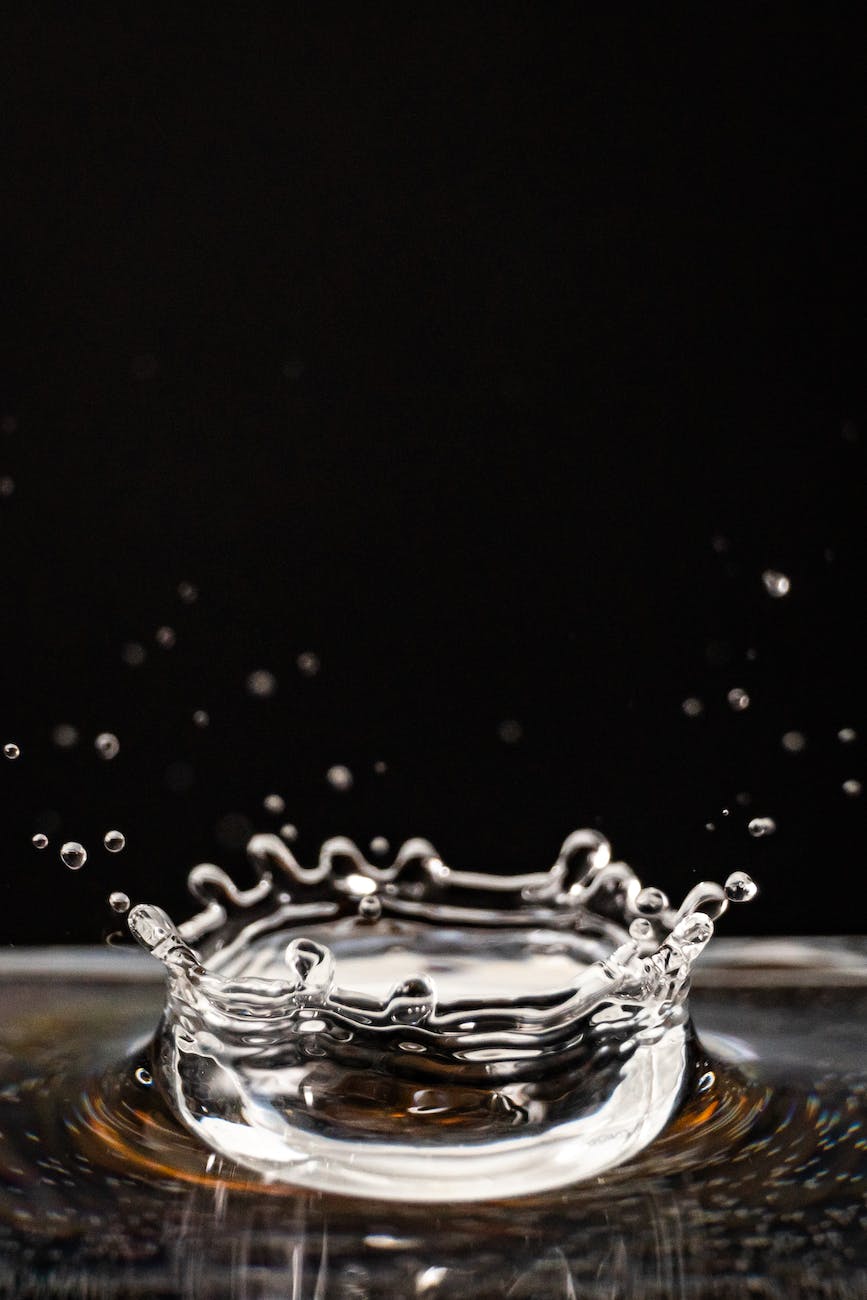We can’t stress enough how important it is to heat the pan to the correct temperature before cooking. This is in fact even more important than having well seasoned cast iron or carbon steel pan. In case of stainless steel pan, this is crucial to achieve non-stickiness.
Long story short, to avoid sticky pan, heat it at 193 °C (379 °F)
You can test it yourself with water droplet test. Initially, as the temperature of the pan is just below 100 °C (212 °F), the water flattens out and slowly evaporates, or if the temperature of the pan is well below 100 °C (212 °F), the water stays liquid. As the temperature of the pan rises above 100 °C (212 °F), the water droplets hiss when touching the pan, and these droplets evaporate quickly.
When the temperature exceeds the Leidenfrost point, the Leidenfrost effect appears. If the pan’s temperature is at or above the Leidenfrost point, which is approximately 193 °C (379 °F) for water, the water skitters across the pan and takes longer to evaporate than it would take if the water droplets had been sprinkled onto a cooler pan.
Series about Pans
Choosing a right pan for your cooking is as much important as anything else. In these articles I will describe my learnings on this topic based on type of pan:
- Stainless Steel Pan
- Carbon & Cast Iron Pan
- Non-Stick Pan
Science related to pans:
- Leidenfrost effect
- Maillard reaction
Science behind
The Leidenfrost effect is a phenomenon in which a liquid, when heated to a sufficiently high temperature, will form a vapor layer around itself, which insulates it from the hot surface and causes it to levitate or “skate” on the surface. In cooking, the Leidenfrost effect can be used to cook food on a hot griddle or frying pan without sticking or burning.
When a liquid is dropped onto a hot surface, it initially makes direct contact with the surface and begins to heat up. As it heats up, it starts to evaporate and forms a layer of vapor around itself. This vapor layer insulates the liquid from the hot surface, reducing heat transfer and preventing the liquid from boiling away too quickly. The vapor layer also provides a cushion of air that allows the liquid to “float” or move around on the surface.
When cooking with the Leidenfrost effect, it’s important to use a hot, dry surface, such as a preheated griddle or frying pan. If the surface is too cool or wet, the Leidenfrost effect may not occur, and the food may stick or burn. Additionally, the Leidenfrost effect is most effective with thin, flat foods, such as pancakes or crepes, which have a large surface area in contact with the hot surface. Thicker foods may not make sufficient contact with the surface to generate the vapor layer necessary for the Leidenfrost effect to occur.
Impact on the Maillard reaction
The Leidenfrost effect can have a significant impact on the Maillard reaction, which is a chemical reaction that occurs between amino acids and reducing sugars in food when heated. The Maillard reaction is responsible for the browning and development of flavors in many cooked foods, including bread, meat, and vegetables.
When a liquid is heated on a hot surface, the Leidenfrost effect can cause the surface temperature to be lower than the actual temperature of the liquid. This can result in a slower and less intense Maillard reaction because the reduced surface temperature may not be high enough to cause the necessary chemical reactions to occur.
In some cases, the Leidenfrost effect can even prevent the Maillard reaction from occurring at all because the vapor layer around the liquid can prevent direct contact with the hot surface, which is necessary for the Maillard reaction to take place.
However, in certain cooking techniques, such as searing or frying, the Leidenfrost effect can be desirable because it can help prevent the food from sticking to the hot surface and can also create a crispy or crunchy texture. In these cases, the Maillard reaction may occur more slowly, but the resulting flavor and texture can still be desirable.
Overall, the impact of the Leidenfrost effect on the Maillard reaction will depend on the specific cooking technique, the type of food being cooked, and the desired outcome.

3 comments / Add your comment below